NFTs, NFTs, NFTs. It seems like this little three-letter acronym is everywhere these days, albeit much less than last year, from the crypto investing markets to celebrity product placement. But what exactly is an NFT?
It stands for Non-Fungible Token, which is a complicated way of describing data that is not replicable off of the blockchain. This is what has primarily led NFTs to have so much influence in the collector market: since NFTs are coded into the blockchain they have a legitimate authenticity to them.
Despite how frequently we see the term NFT being mentioned, the industry is still very much in its infancy. As far as NFT-related crypto tokens, the largest (currently) has a market cap of only $5 billion, and is the 34th largest crypto project by market cap.
Considering all of the potential uses for NFTs beyond collectibles, many of these top NFT-coins might be worthy of adding to your crypto watchlist. Let’s take a look at the current top 20 NFT tokens by market cap, but remember, crypto market caps change on a daily basis so keep in mind the top 20 today may not be the same list tomorrow.
Let's get into the top NFT tokens to watch in 2023.
Stay up to date with AI
Axie Infinity (AXS)
Axie Infinity flew to mainstream recognition as being one of the first major GameFi titles that allows players to make a legitimate living playing the game. The game itself is a disguise for the staking and liquidity side of decentralized finance or DeFi. Players can buy the Ethereum-based tokens called Axie Infinity Shards, which can be purchased on crypto platforms like Binance and Crypto.com. These tokens are currently trading at just over $72 USD per token, with a total supply of 270 million AXS. The game itself sees players collect, breed, and trade creatures called Axies, which also happen to be NFTs. Enter the collectible side of the GameFi universe where purchasing Axies can actually be an investment by players. Axie Infinity is currently the largest GameFi or Pay to Earn blockchain game in the world with over 2 million daily active users.
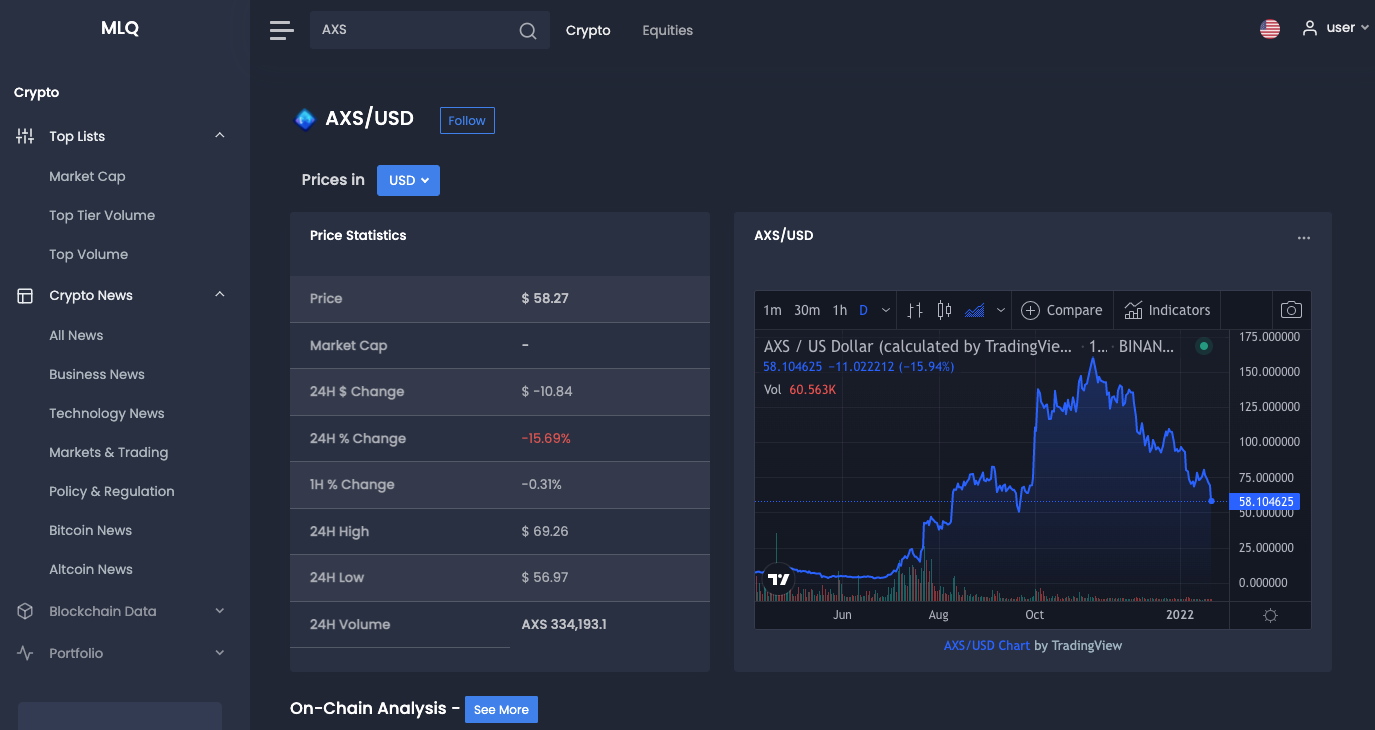
Theta Network (THETA)
The second largest NFT coin by market cap right now is the Theta Network, a project founded back in 2017 by Mitch Liu and Jieyi Long. Theta is one of a growing number of projects that has more than one token associated with it: Theta coin and TFUEL, which is used for executing transactions.
The purpose of the Theta Network is actually for streaming video content by utilizing spare bandwidth from users, and then rewarding them with its tokens. As far as NFT projects go, Theta is allowing users to create video NFTs on its blockchain using the solidity compiler, Remix. There is also going to be an NFT marketplace where Theta’s video content creators can share NFTs with their viewers. Theta is backed by some heavy hitters including Samsung and Sony, and is advised by executives from Twitch, YouTube, Verizon, and Rakuten.
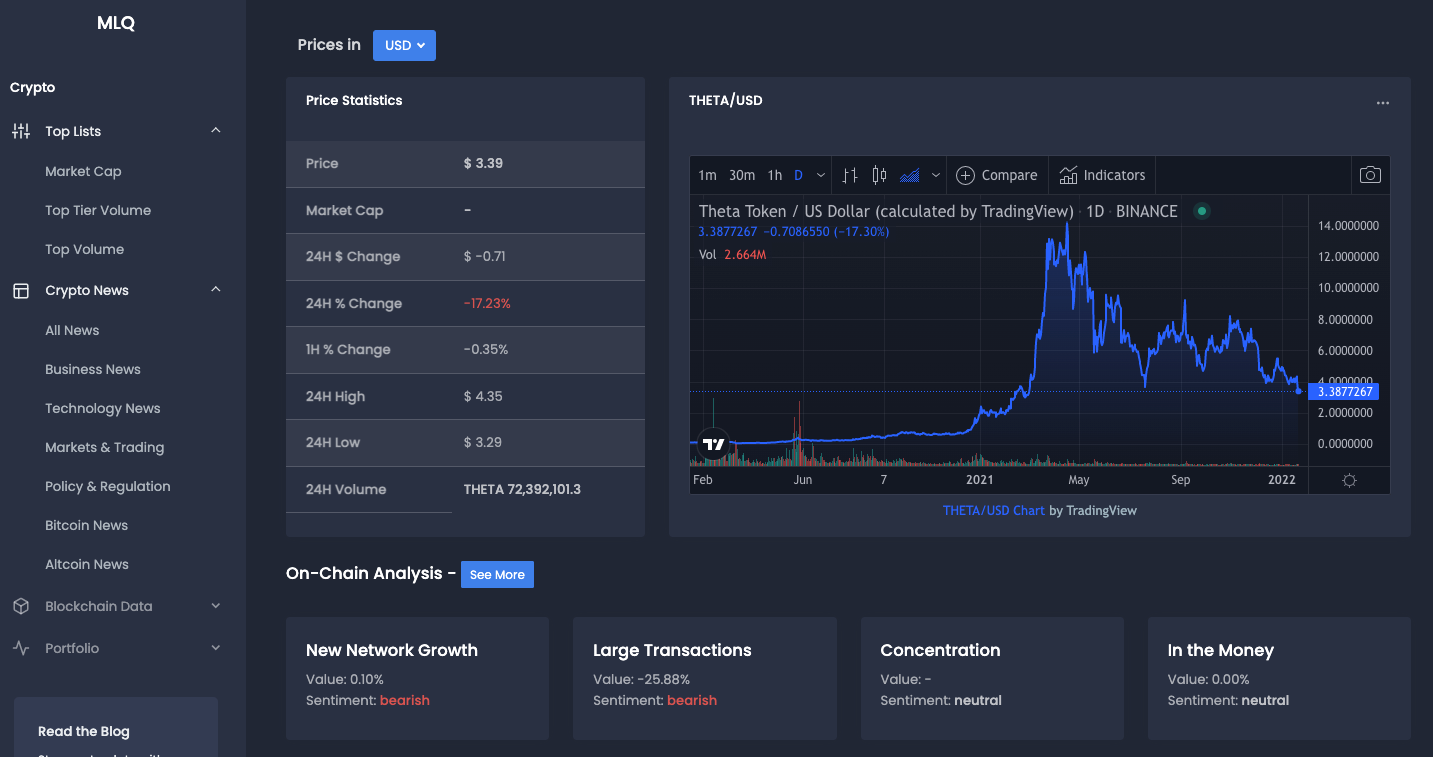
The Sandbox (SAND)
Like Axie Infinity, the Sandbox has stormed into the mainstream crypto discussion this past year. The Sandbox is similar to Roblox but is built entirely on the blockchain and players can earn money by monetizing items, characters, and plots of land. Sand is the token that is used in-game by players to pay for transactions and interactions with other players.
Within a year the price of Sand rose from $0.02 to over $8.00, although the price has pulled back to about half that price. The Sandbox is built upon the Ethereum network and is considered a branch of the Metaverse. The entire financial system of the Sandbox is built upon the buying and selling of NFTs, and the team has also created a Sand stake pool as well for those who are looking to grow their investment.
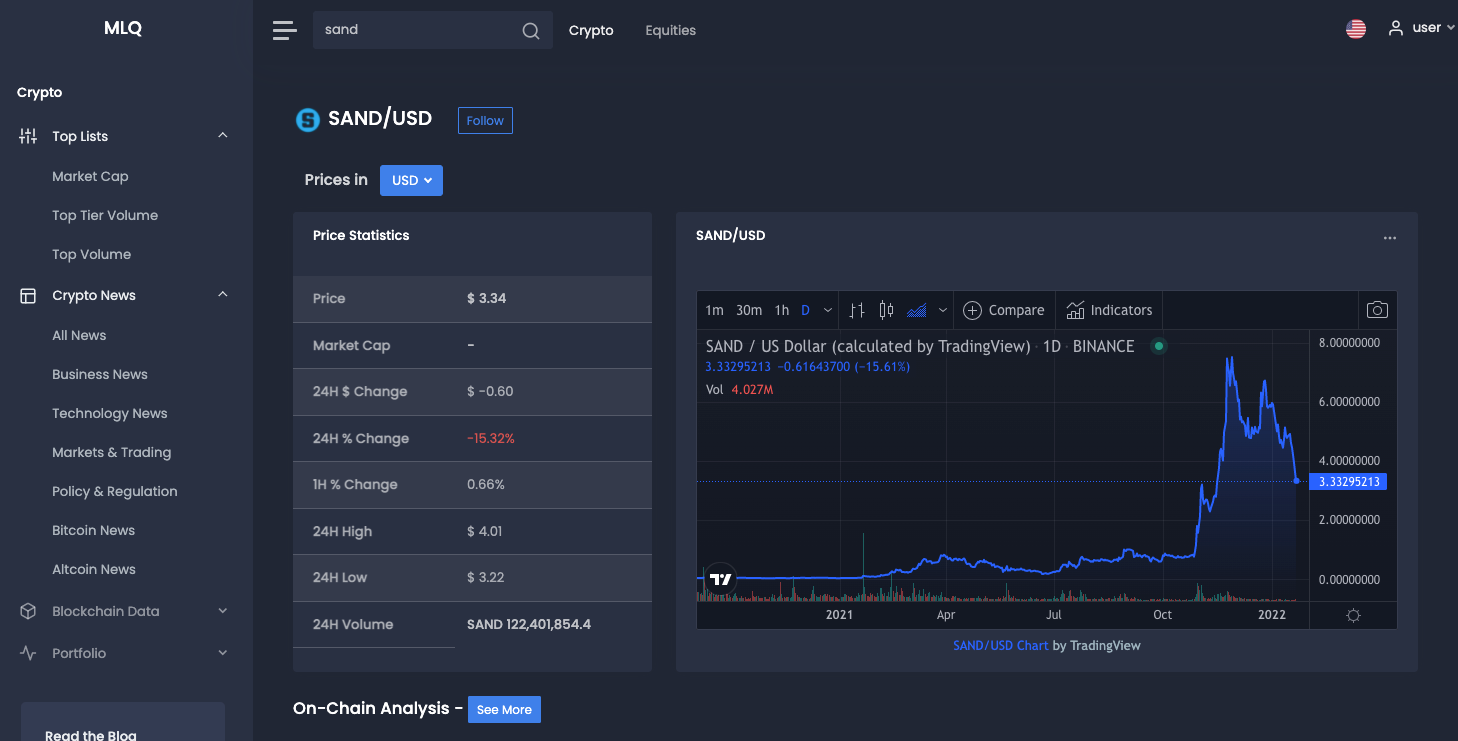
Decentraland (MANA)
Yet another play-to-earn game that dominates the top of the NFT-coin list, Decentraland is very similar in nature to the Sandbox. Users can buy plots of land which have sold for as high as $100,000 USD during the NFT fervor last year. Decentraland’s token is called MANA and is a sidechain of the Ethereum network.
The game was founded by Ari Meilich and Esteban Ordano of Argentina, and released for public play back in February of 2020. Nearly anything that is created within the game can be sold in the NFT marketplace. The game became so popular that several real-world locations have established themselves in the Decentraland Metaverse including Tokyo’s Harajuku, Sotheby’s London headquarters, and even a diplomatic embassy by the government of Barbados.
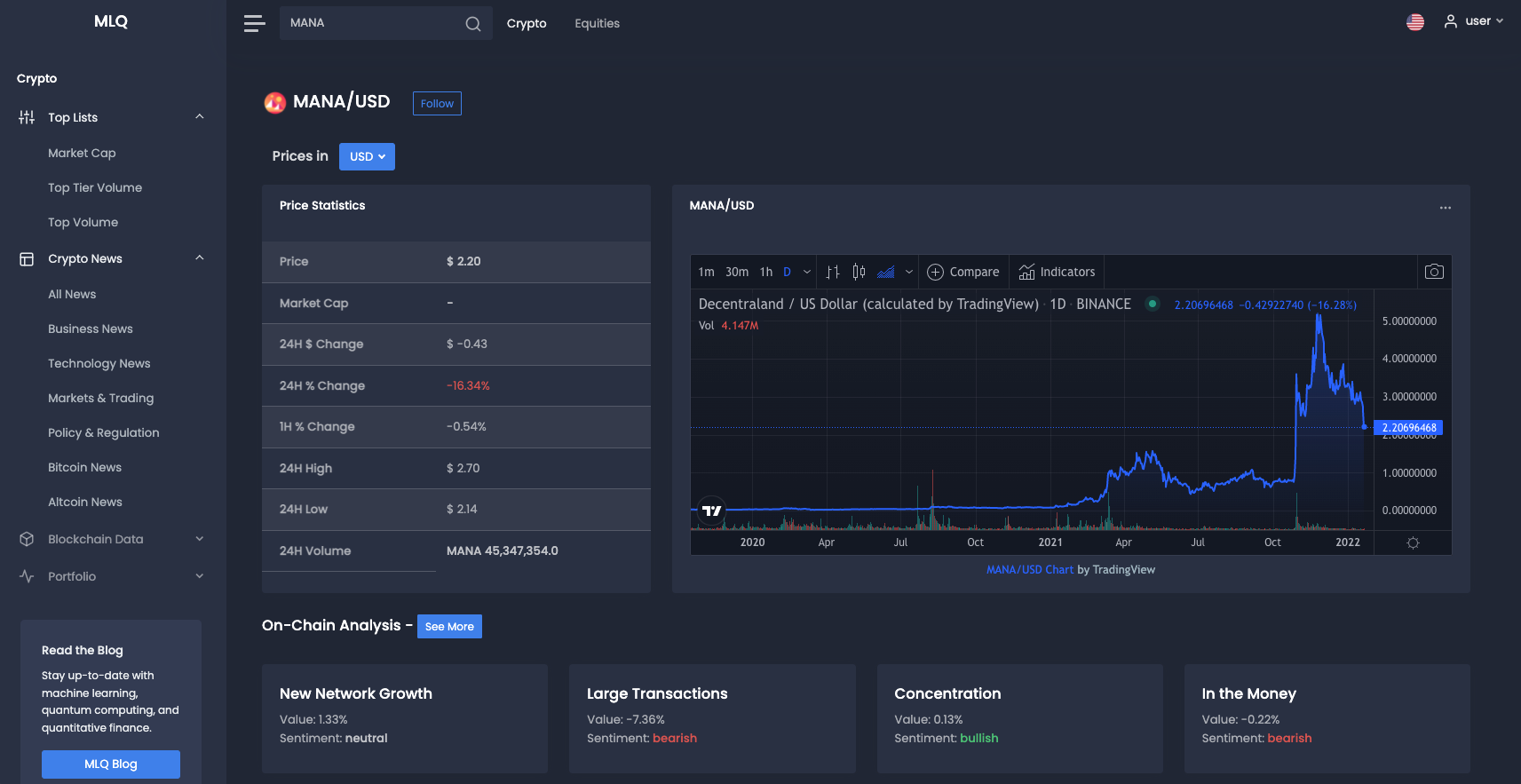
Flow (FLOW)
You are likely more familiar with the products made on this blockchain than the blockchain itself. Flow is the platform created by Dapper Labs, which is the company behind collectibles like NBA Top Shots and CryptoKitties.
Why did Dapper Labs have to create its own blockchain? The popularity of CryptoKitties clogged the Ethereum network and rendered it unusable to buy these NFTs. So, the Vancouver-based Dapper Labs created Flow, which now has a market cap of $2.2 billion and will feature the upcoming NFL All Day NFT marketplace as well.
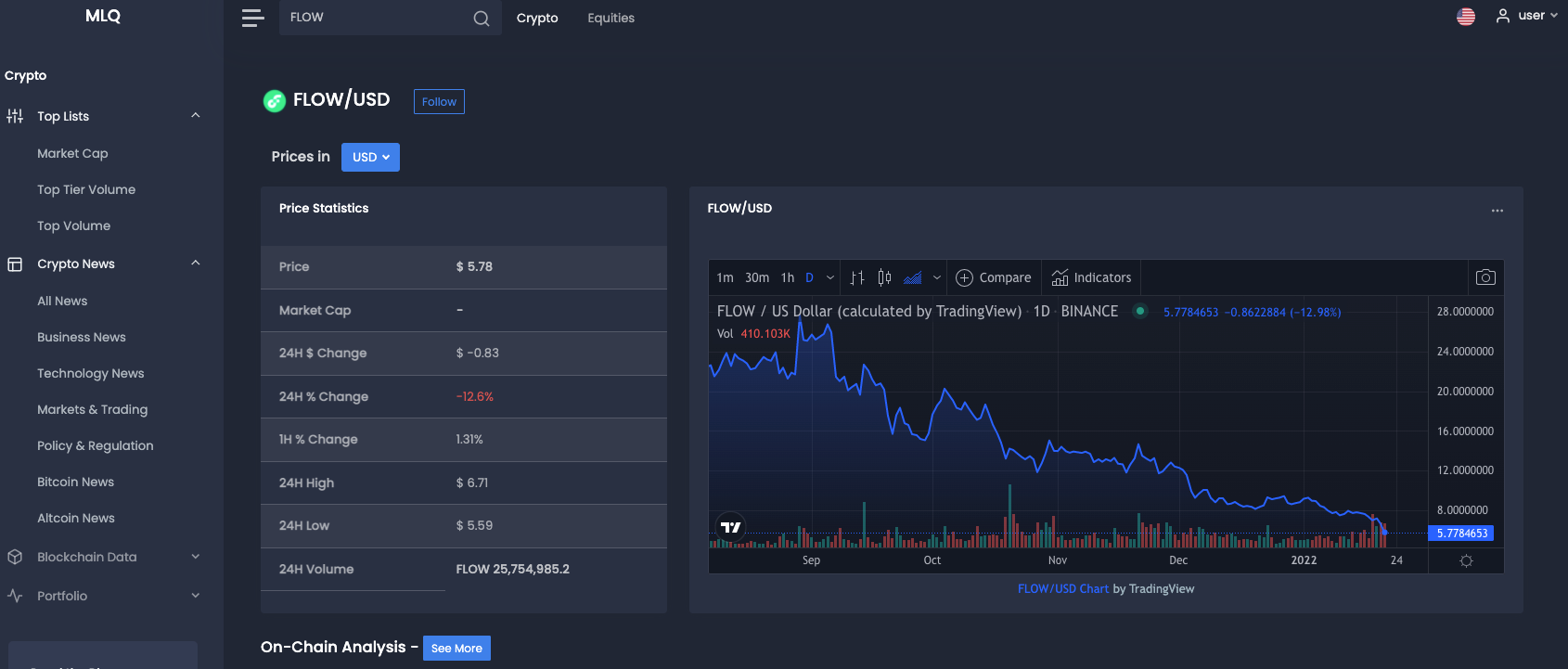
Gala (GALA)
Gala is also a gaming blockchain but it is slightly different from platforms like the Sandbox and Decentraland. It is the native token of the Gala Games platform and can be used to buy in-game items as well as being rewarded to top gamers by the Gala Games team.
Gala runs on the Ethereum blockchain and offers players the chance to spend Gala on special NFT item drops that are available to be purchased from the Gala Games site. The network was established by the co-founder of Zynga games, Eric Schiermeyer.
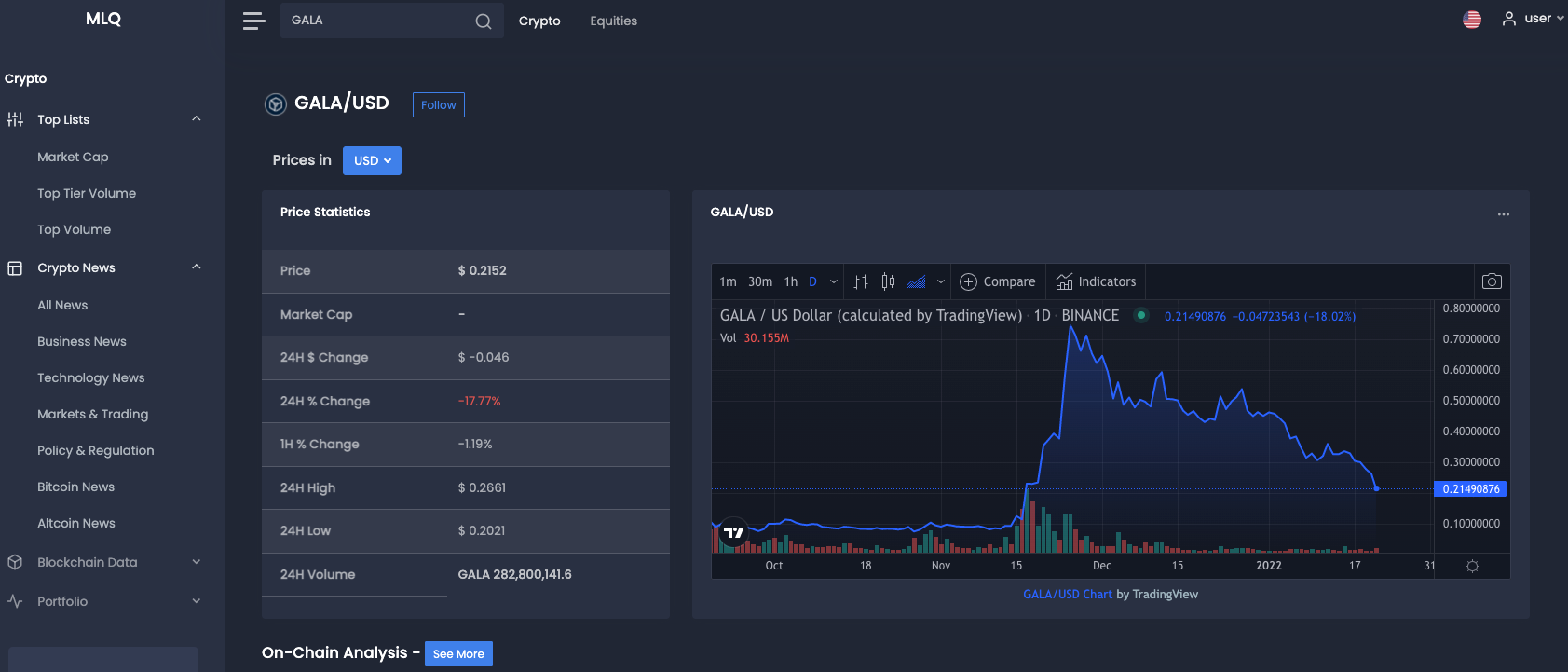
Enjin Coin (ENJ)
While the Enjin Coin did not come along until 2017, the Enjin company has been around as a gaming platform since 2009 when it was founded by Maxim Blagov and Witek Radomski. The purpose of Enjin is to utilize its blockchain technology to create virtual products. In essence, it is the ultimate blockchain network for NFTs.
The digital assets that are created are integrated into games that run on the Enjin platform and can be bought with Enjin coin. Enjin even has its own native wallet where players can store their tokens and any items they have purchased on the platform.
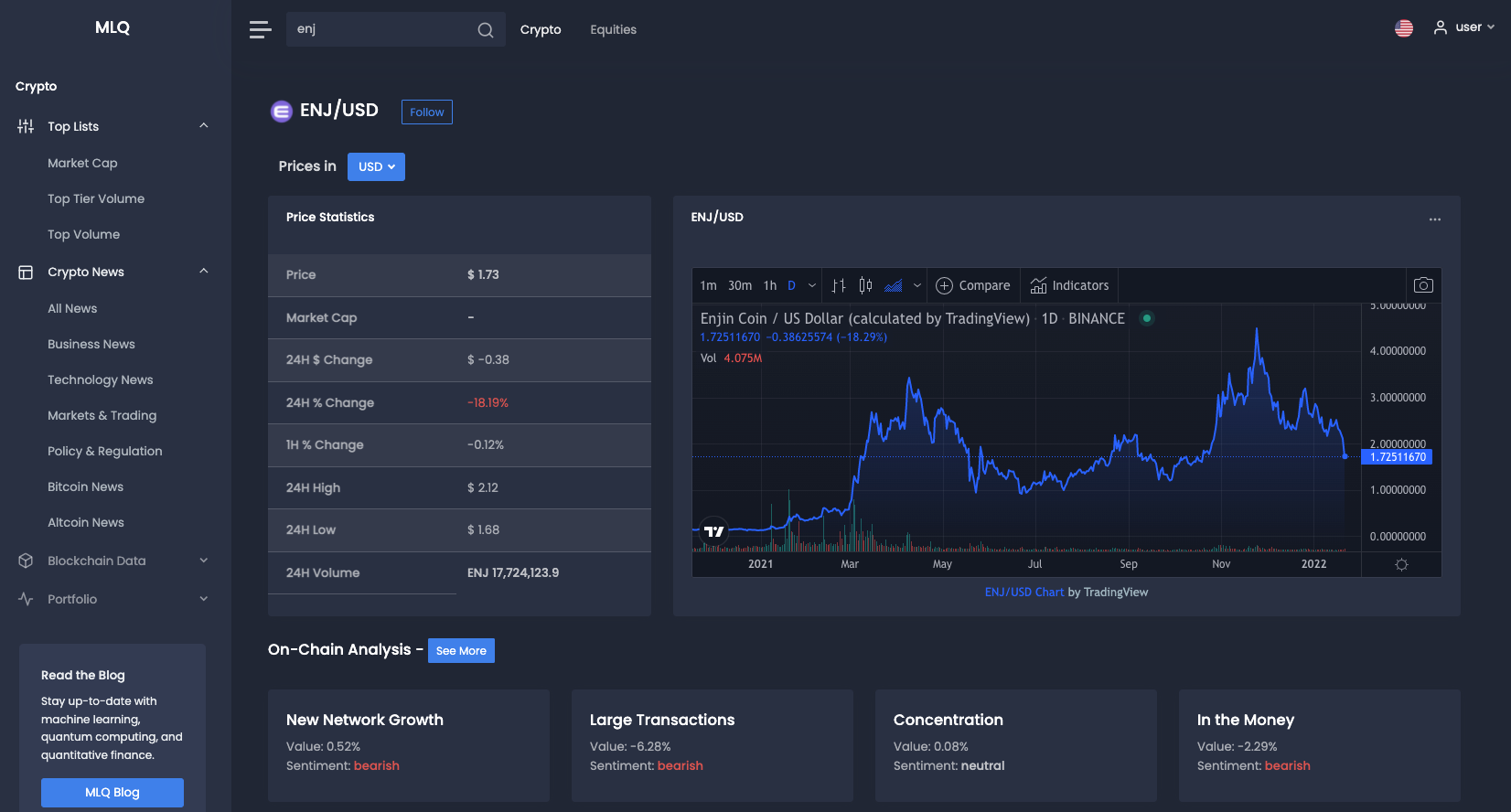
Ecomi (OMI)
Ecomi is a blockchain that is taking full advantage of the recent hype in NFTs. It has an NFT marketplace that features its most well-known project, VeVe Project. It was launched in December of 2020 and is based out of Singapore. The NFT marketplace can be used via augmented reality where sellers are able to create a private showroom for each NFT they sell. Future plans for Ecomi include a gaming network where in-game items and prizes will be paid out in the OMI token.
Chiliz (CHZ)
Here’s one for all the sports fans out there! Chiliz is a blockchain platform that was founded in Malta by Alexander Dreyfus, a veteran of the travel and entertainment industries. He has some heavy backing on this project including the former vice president of the NBA, the CEO of the eSports team Vitality, and one of the more well-known global game streaming personalities: Dr. DisRespect.
So how is this used for sports? Chilliz partners with professional sports franchises to provide their fan bases with more input and exposure to the decisions made by the teams. This could include things like jersey designs or stadium names, and even opens the door for future NFT collectibles and airdrops. Teams that are already using the Chilliz blockchain include FC Barcelona and the Golden State Warriors.
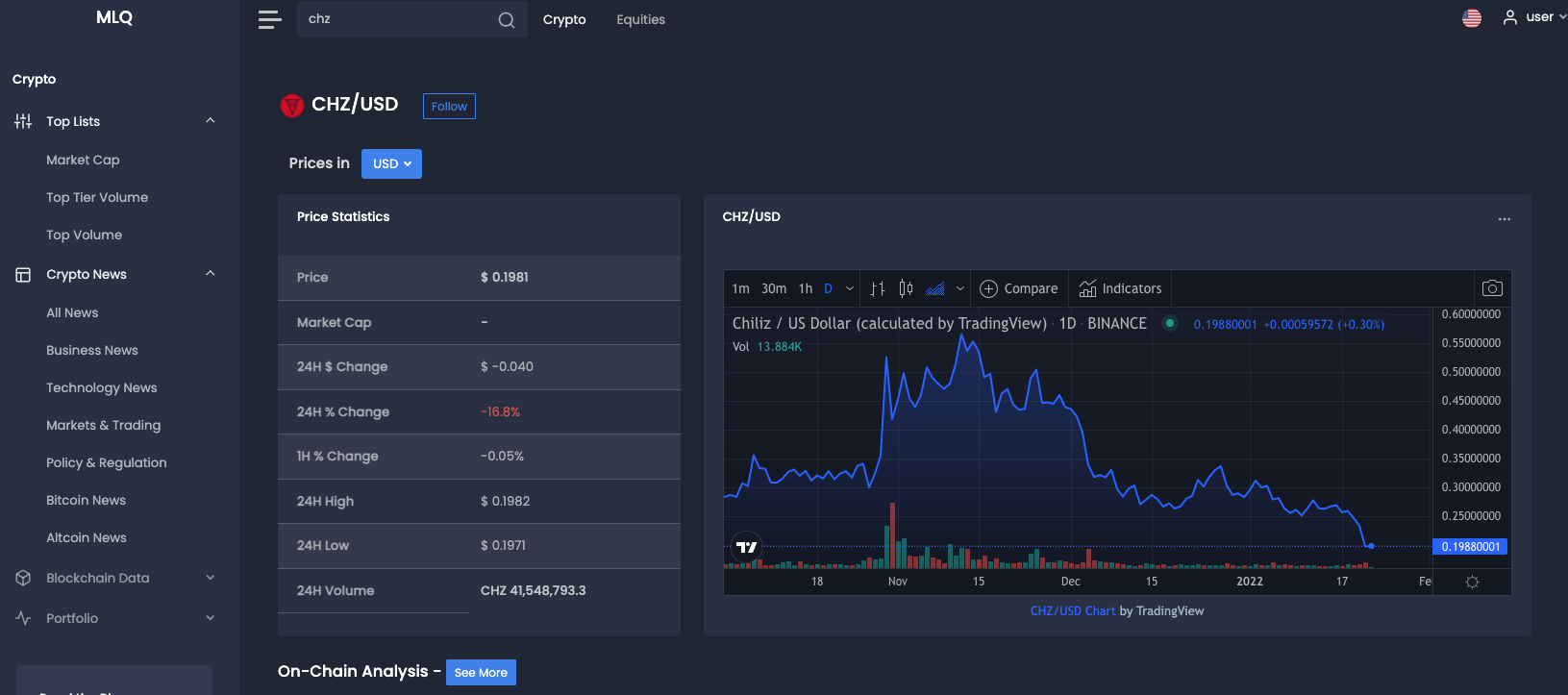
Wax (WAXP)
Wax is an NFT-specific blockchain that has gained popularity because of its highly touted NFT releases from popular brands such as Hot Wheels, Funko, and Street Fighter. It is turning into a fully interactive platform where you can buy, sell, and trade NFTs, as well as play blockchain-based games. Wax currently boasts over 8 million active collectors that make over 15 million daily transactions across 30,000 dAPPs. The blockchain is also focused on carbon neutrality and states that it is more energy-efficient than both Bitcoin and Ethereum, which also makes its NFTs more affordable for its users.
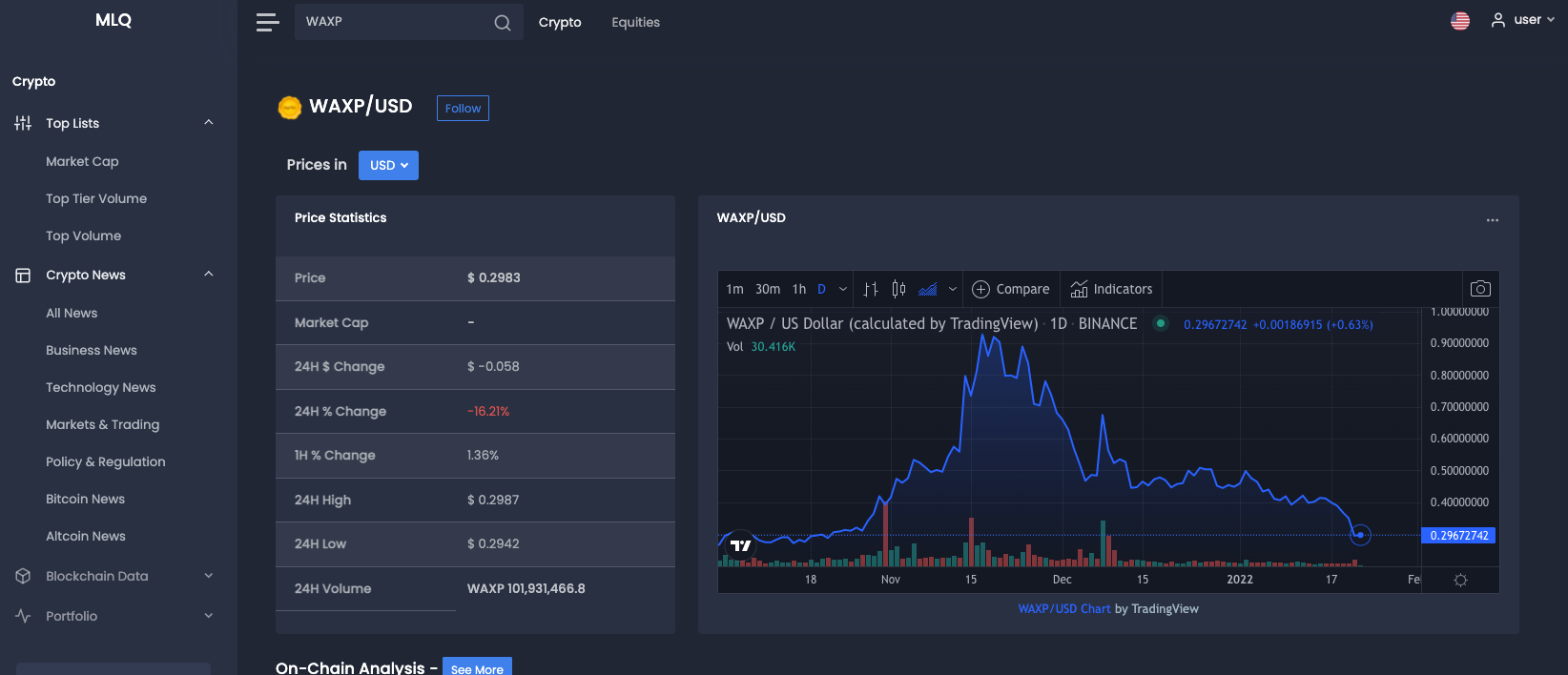
Audius (AUDIO)
From the name of the token, you can probably take a good guess as to what Audius is doing as a blockchain. That’s right, Audius is the first ever blockchain-based music streaming service that is aiming to finally pay independent musicians for their music. In a way, it is trying to directly compete with established and centralized platforms like Soundcloud and Spotify.
So how does Audius work? Users buy its native token Audio to pay for streaming music. The artists receive 100% of the proceeds, which is an astronomical number compared to the other mainstream platforms. Audius was established in 2018 and went live in 2020 after being backed by both Coinbase and Binance.
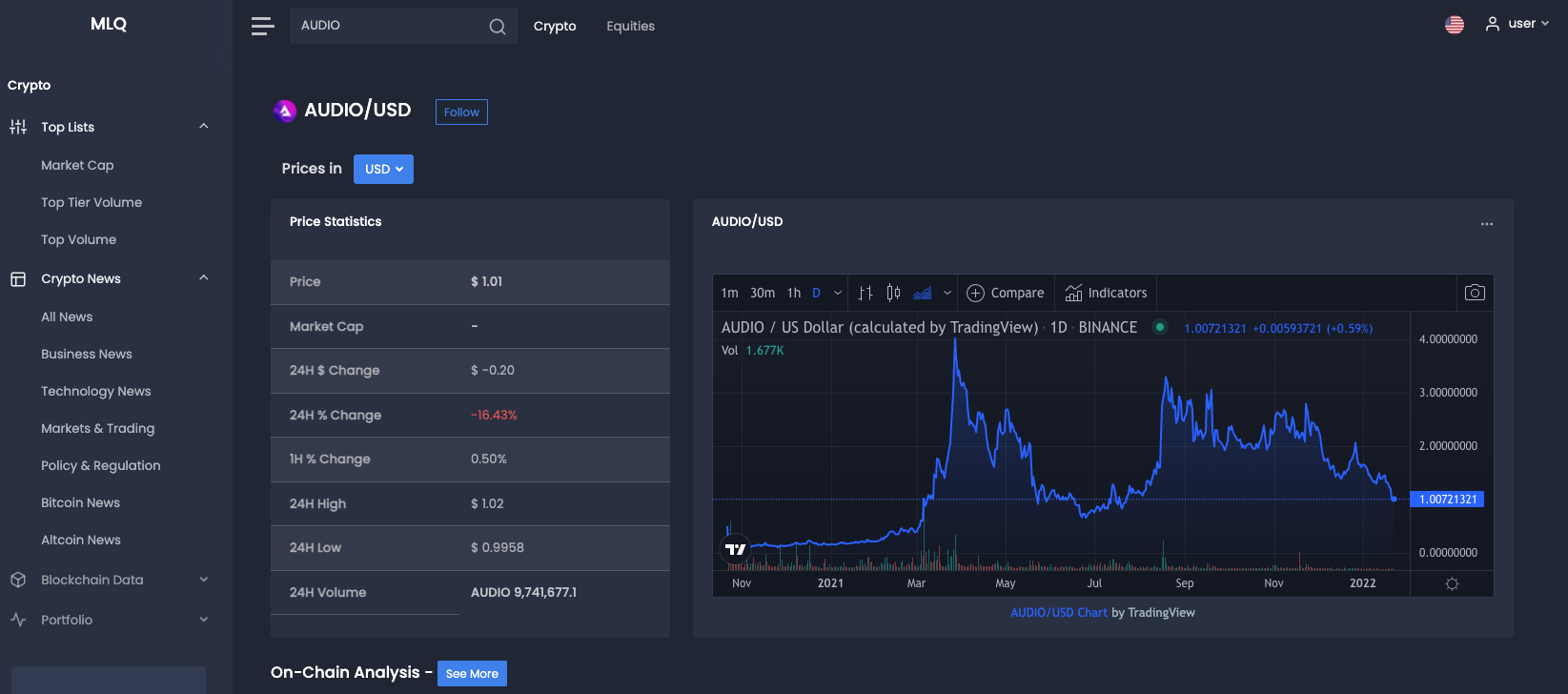
Ethereum Name Service (ENS)
Ethereum Name Service has a peculiar name but a fairly useful utility on the Ethereum blockchain network. ENS is essentially a name generator for crypto addresses. We’ve all struggled with crypto wallet addresses in the past, and Ethereum Name Service is making our 42 hexadecimal addresses easier to access. We can give our address a nickname like Mike.Eth.
But ENS is not just for addresses, it is hoping to create an entire Ethereum ecosystem that can all run through your Mike.Eth account. As for the token, ENS has seen some weakness as of late and the project only has a market cap of about $543 million, so we can see how easily this project can eventually grow.
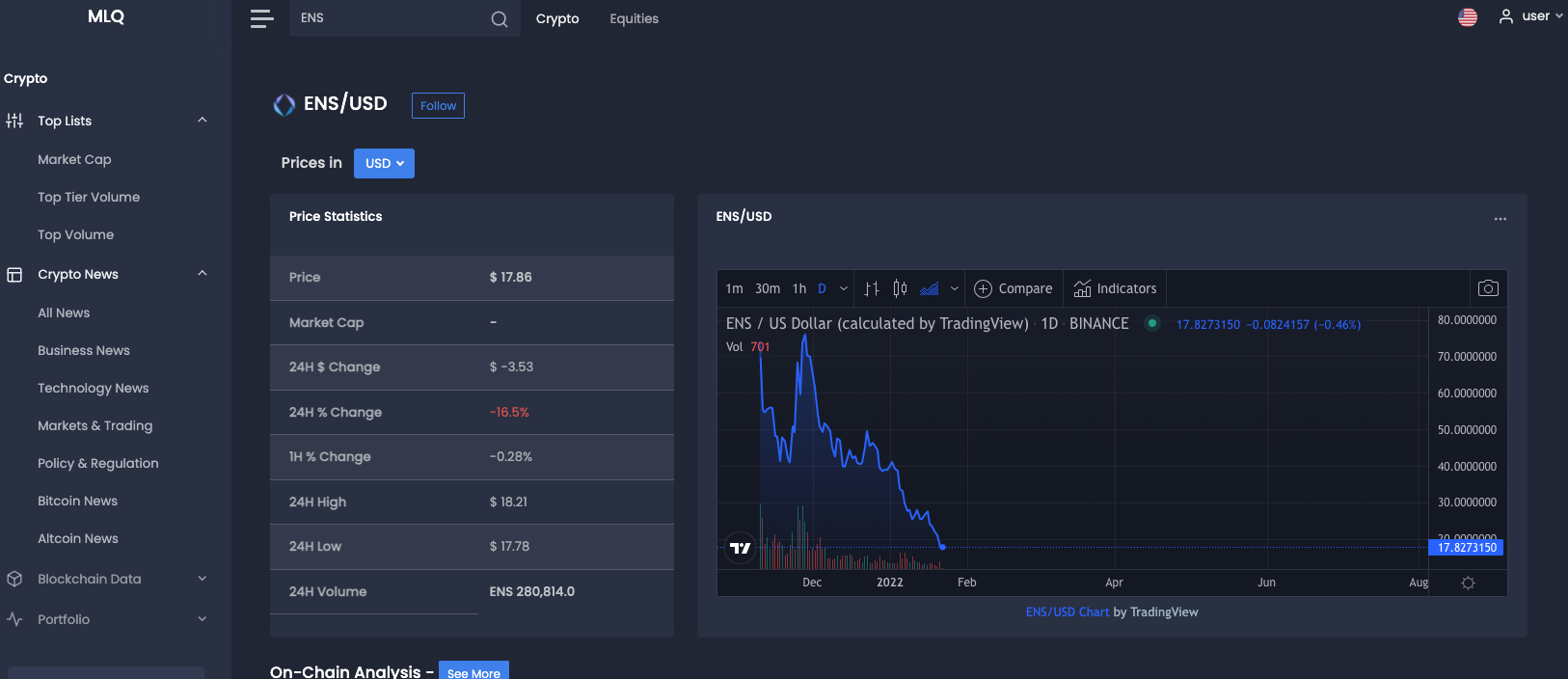
Illuvium (ILV)
Talk about a project that has some immense potential, Illuvium is a global RPG blockchain game that has players collecting mythical creatures called Illuvials. You battle your Illuvials against other players in the game, similar to classic games like Monster Rancher or Pokemon.
Like with most blockchain games, there are multiple native tokens in Illuvium: the ILV token and the sILV token for staking. Illuvials are, you guessed it, NFTs that players can buy and sell. The catch? Illuvium’s full game environment will be released at some point in 2022, so if this sounds like something you’d like to play, you still have time to join!
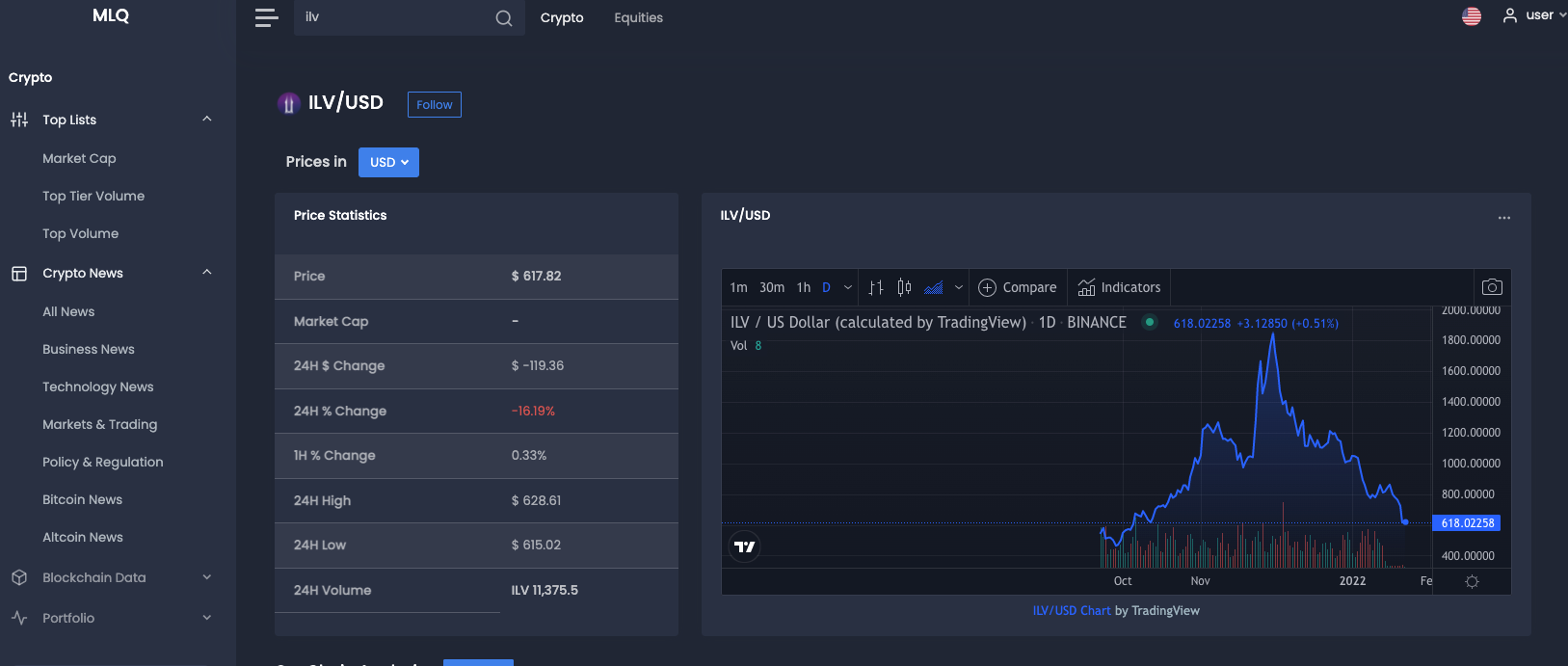
Mobox (MBOX)
Mobox is yet another GameFi blockchain platform, but this one operates on the Binance Smart Chain. Why do I mention that? The BSC has significantly lower fees than Ethereum right now, but it is also more difficult to access. Mobox is integrating NFTs and DeFi staking protocols directly into the gameplay to allow players to earn as they play. Players can use Mobox tokens to purchase in-game items and equipment to improve their standing within the game. Mobox is currently trading at around $3.50 per token with a market cap of $380 million.
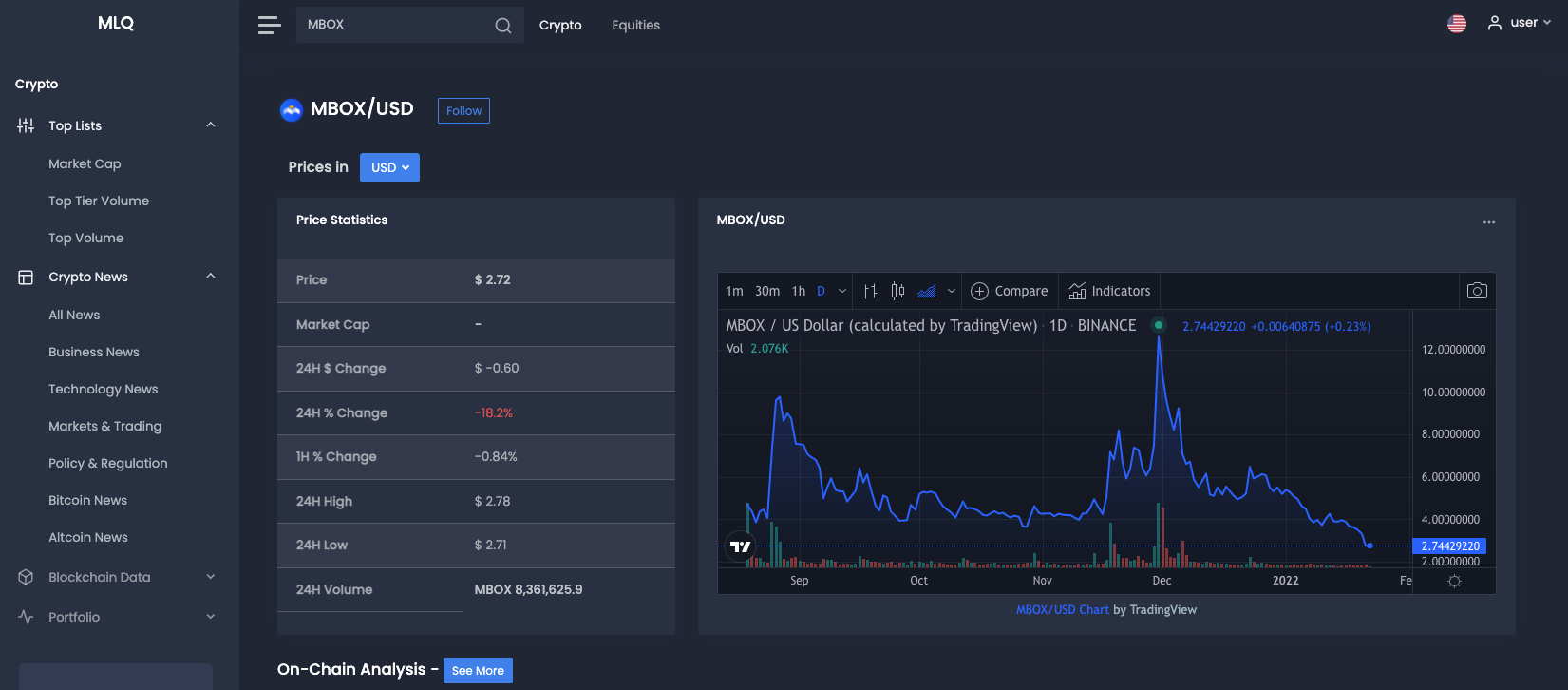
Yield Guild Games (YGG)
While we have seen quite a few GameFi projects, Yield Guild Games is slightly different despite its name. This project does promote blockchain-based games, but its intention is to create a decentralized NFT economy. How does it do that? By providing the ability to invest in existing NFTs in virtual worlds, for example, the Sandbox or Axie Infinity.
YGG is actually a DAO, or Decentralized Autonomous Organization, and the users refer to themselves as a guild that invests in the NFTs in other virtual game environments. It is an interesting twist on the usual in-game NFT blockchain networks.
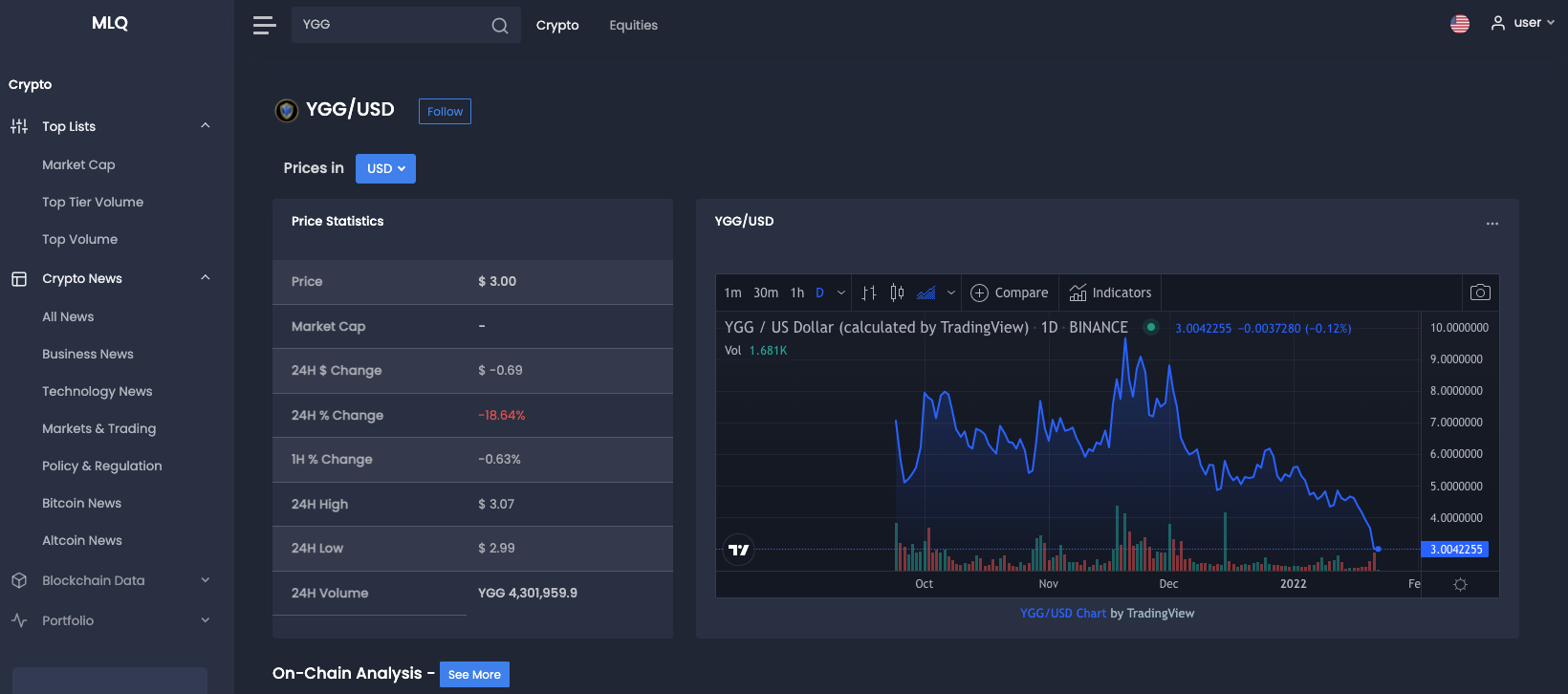
UFO Gaming (UFO)
Yet another play-to-earn game that is built on the Ethereum blockchain with an L2 Polygon scalable solution as well. The blockchain world is called the Dark Metaverse, and players need to first farm the UFO token before being able to buy NFT characters to play the game, Super Galactic.
PlayDapp (PLA)
Are you getting the idea about the future of the NFT industry? PlayDapp is yet another blockchain gaming platform that is attempting to transform non-blockchain into crypto games through its PlayDapp SDK. The team behind PlayDapp is built of industry veterans in mobile, online, and PC gaming.
The project has some interesting ideas for rewarding players and developers with the PLA token, including paying developers whenever an in-game purchase is made. The platform is still growing, and already has four different mobile games available with several more being available at some point in the near future.
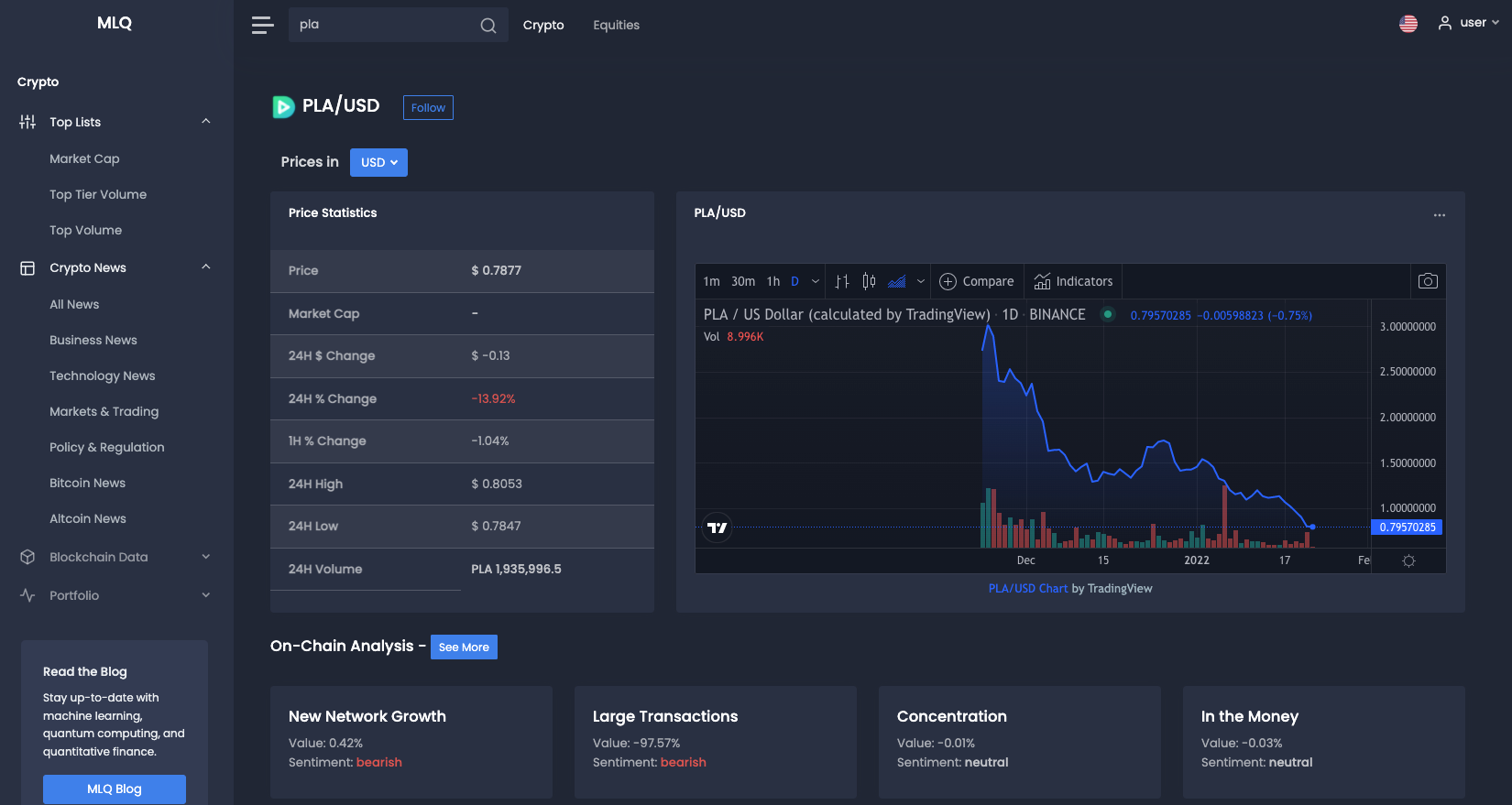
Fetch.AI (FET)
Finally, a blockchain project that isn’t a gaming platform as well. Fetch.AI, as its name suggests, combines blockchain technology with artificial intelligence. What is its ultimate goal? Fetch.Ai is attempting to replace the monotonous everyday tasks that are being pushed into the realm of artificial intelligence and machine learning. In essence, it is trying to create what it calls an Open Economic Framework in order to decentralize day-to-day transactions such as booking hotels or tickets. Even its NFT creator platform, called Colearn Paint, allows users to create NFTs using machine learning technology. If you believe in the future of AI and blockchain technology, Fetch.AI should definitely be on your radar.
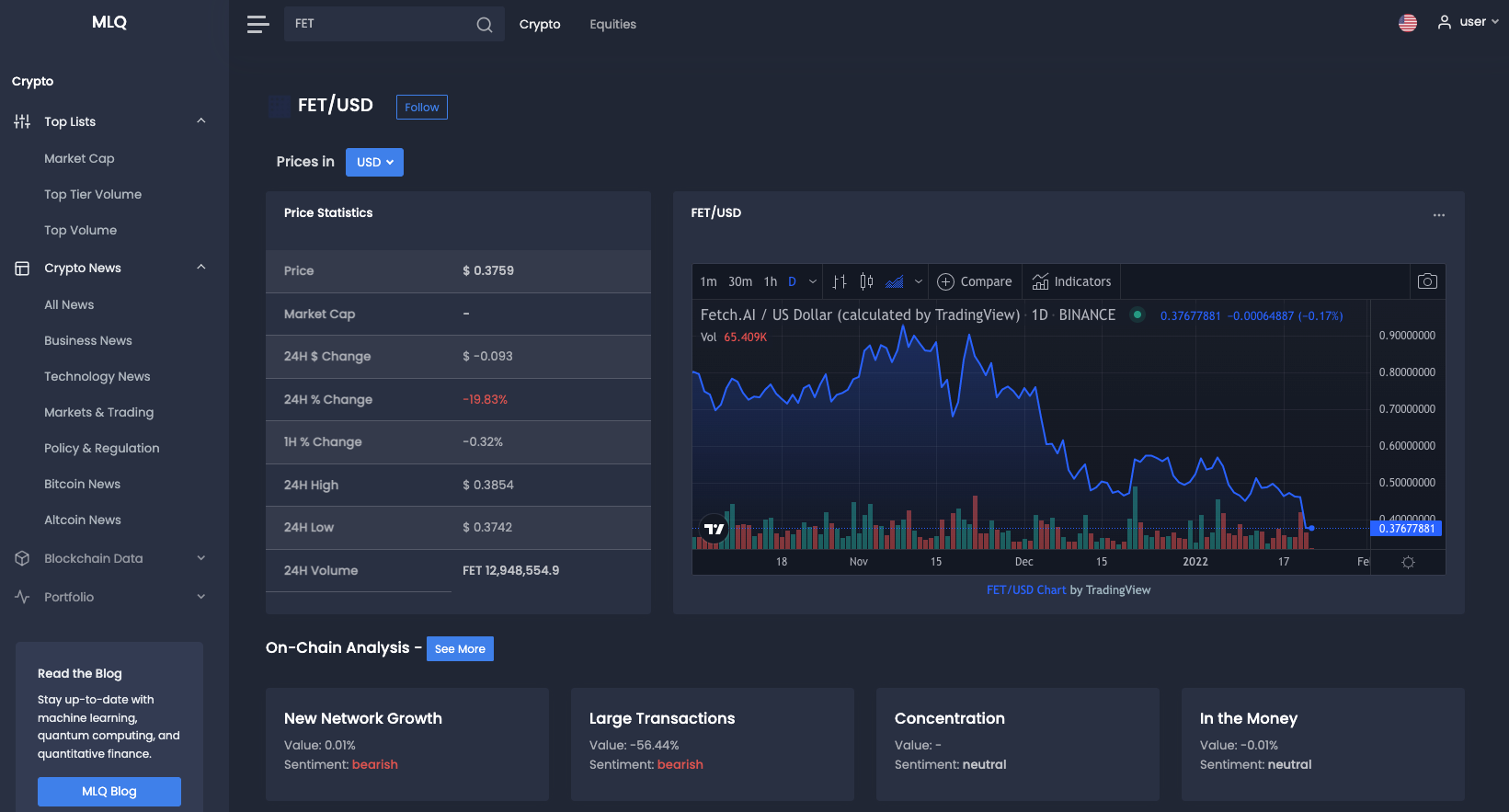
SuperFarm (SUPER)
You’re certainly not alone if you assumed SuperFarm would be a blockchain-based farming game. There is farming involved in the project although not the type you are thinking of. SuperFarm is a platform that allows everyone to access NFTs, not just the wealthy. By creating your own NFT and farming SUPER tokens on the SuperFarm blockchain, you are contributing to the development of the SuperFarm network.
The heart and soul of the SuperFarm network is its NFT marketplace where collectors can buy, trade, or farm them back into the SuperFarm ecosystem. SuperFarm is also opening up its NFT platform to game designers who can utilize its blockchain to create special in-game NFT items that are both collectible and sellable in the marketplace.
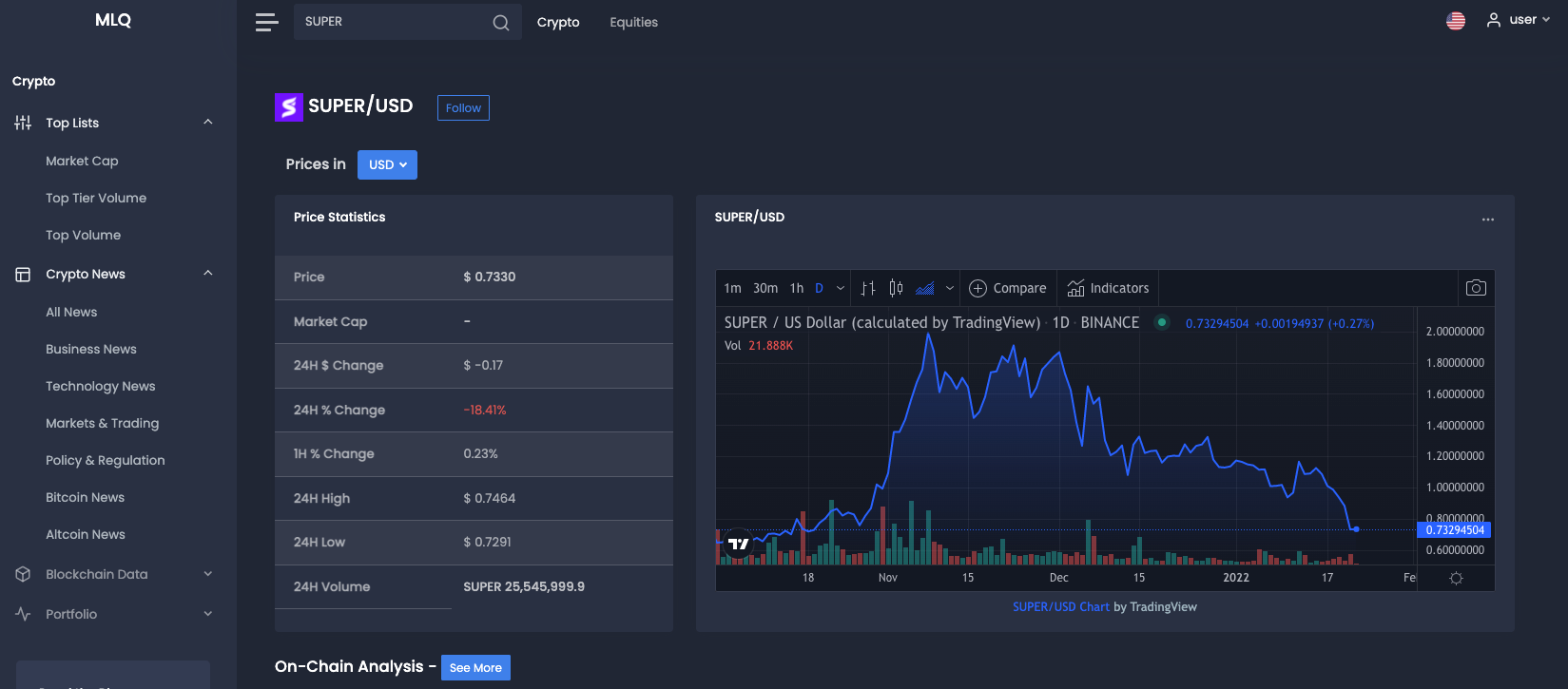
SuperRare (RARE)
While their names are similar, SuperFarm and SuperRare have nothing to do with each other, aside from the fact they are both crypto projects in the NFT game. SuperRare is a marketplace that allows the buying and selling of super-unique, or super rare, pieces of digital artwork.
One difference with the RARE token is that it is not actually a currency for this project, rather a governance token that allows for voting rights for the direction that SuperRare is headed. Any pieces of rare digital art on the SuperRare platform are to be bought and paid with Eth. SuperRare is a very new project to the NFT space as the first Rare tokens were airdropped to users in August of 2021, although the platform has been in development since 2018. With how popular NFTs and digital art has been over the past year, SuperRare looks to be gaining momentum at exactly the right time.
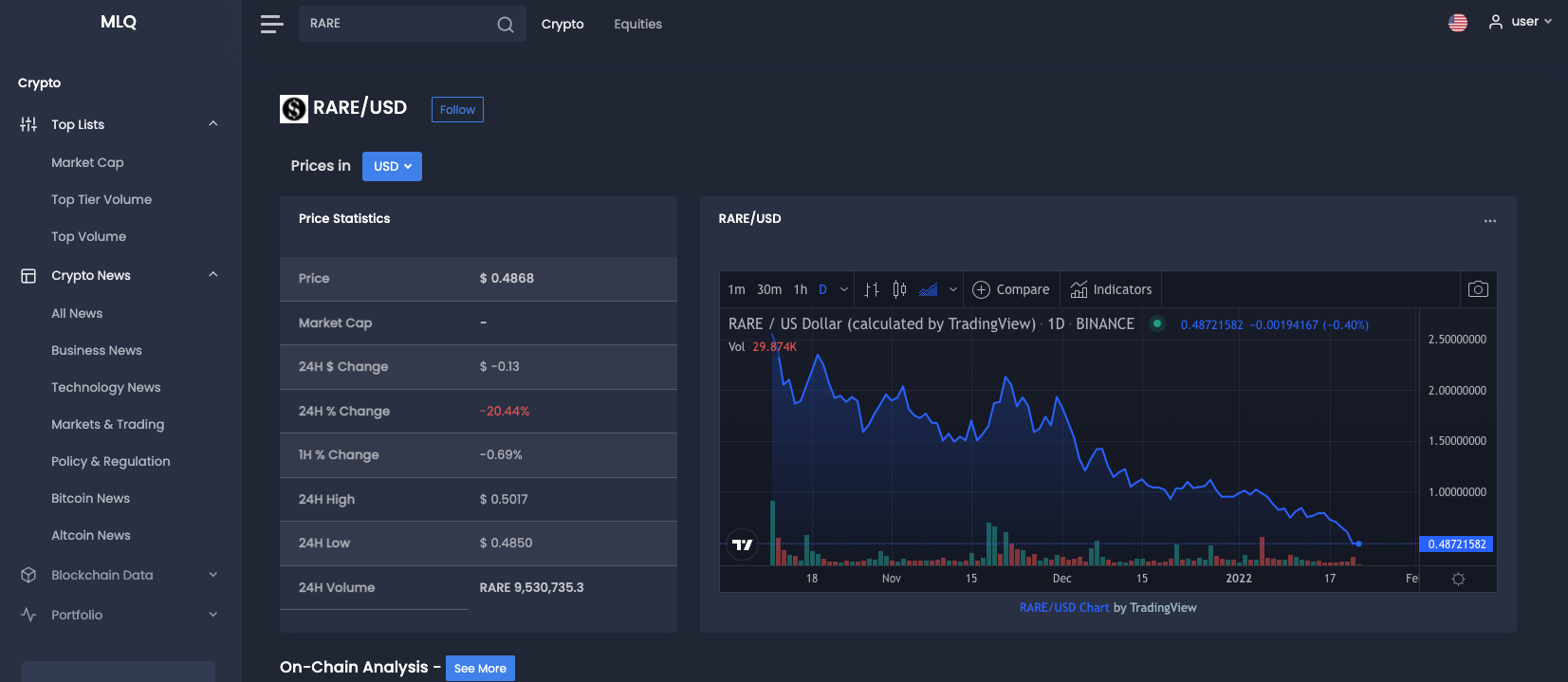
That's it for our list of the top 20 NFT tokens to watch in 2023. We'll be sure to keep this list updated as new, up-and-coming tokens enter the space.




